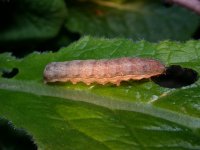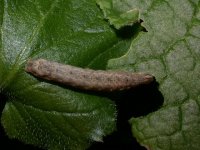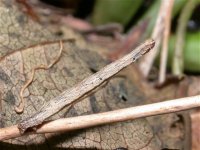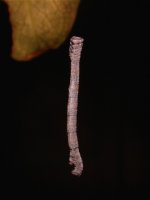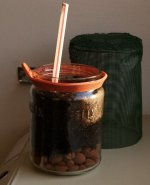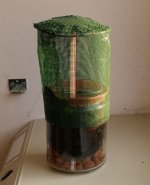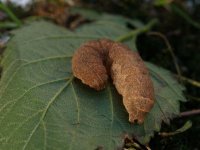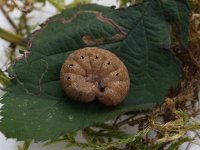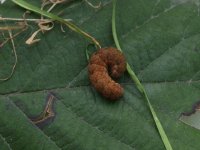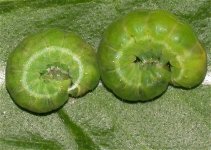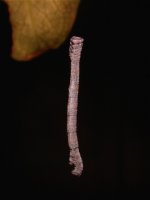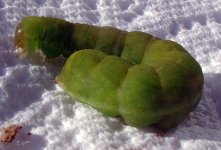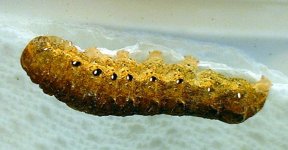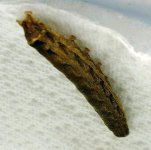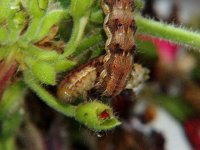Surreybirder
Ken Noble
brianhstone said:Perhaps I should have explicitly said I didn't think it was that. I was trying to draw attention to the shape/rest posture, which is a relatively unusual one in macros. I thought it might help narrow the field. It is not a moth I recall seeing anything like before.
Looks like Mike has hit on a much more promising option in any case.
Sorry, Brian, now that I've reread your posting I see that it was the posture that you were referring to rather than the pattern.
Ken




